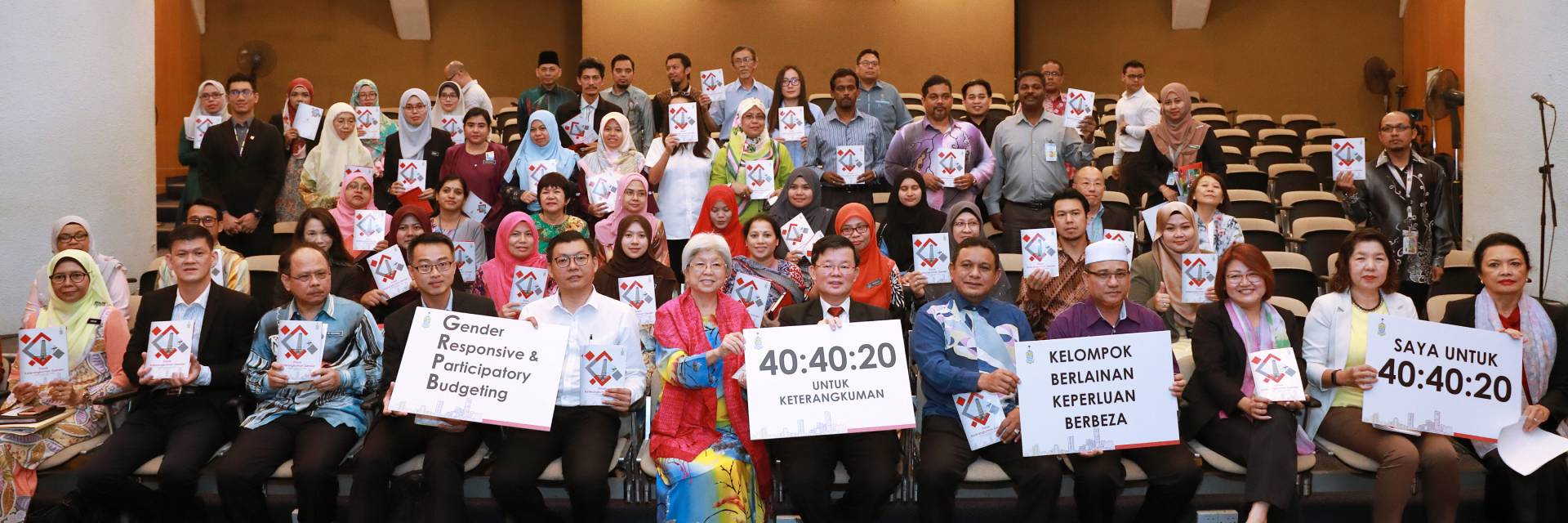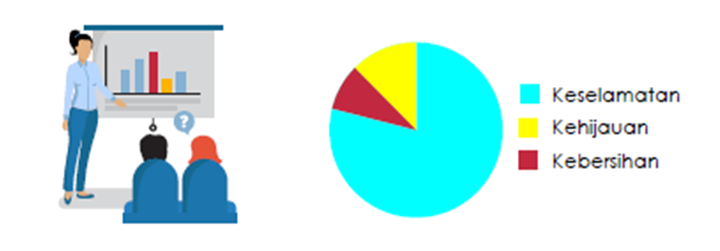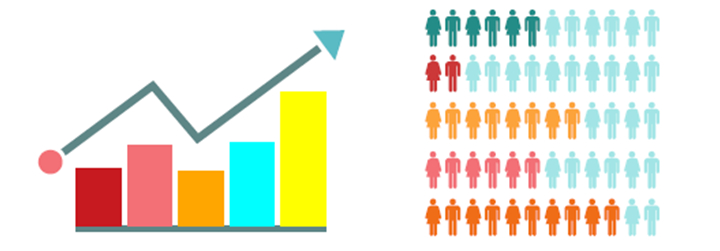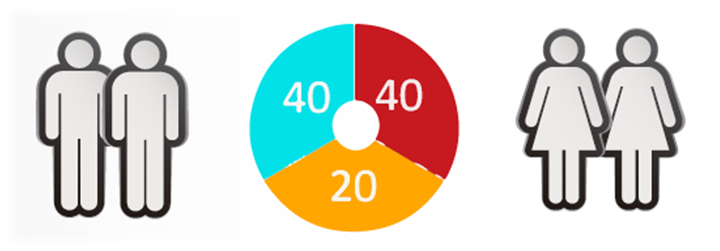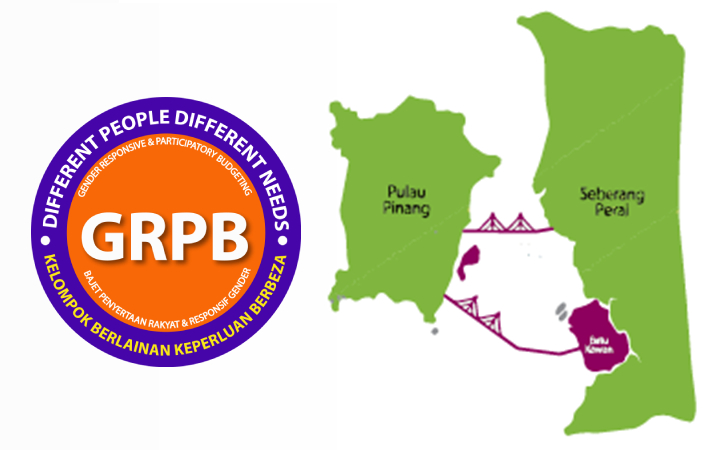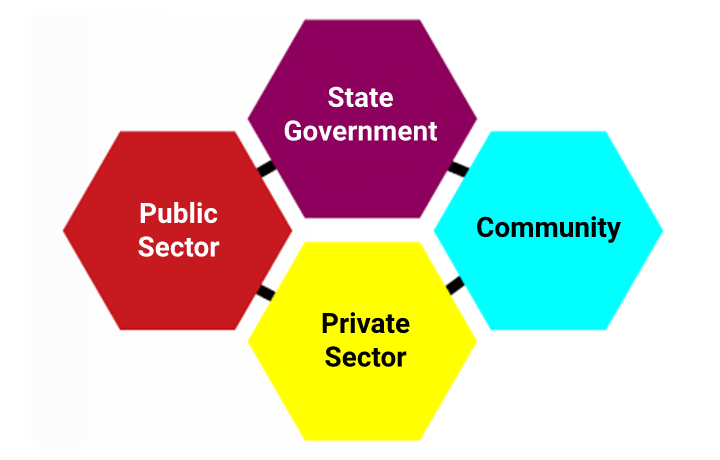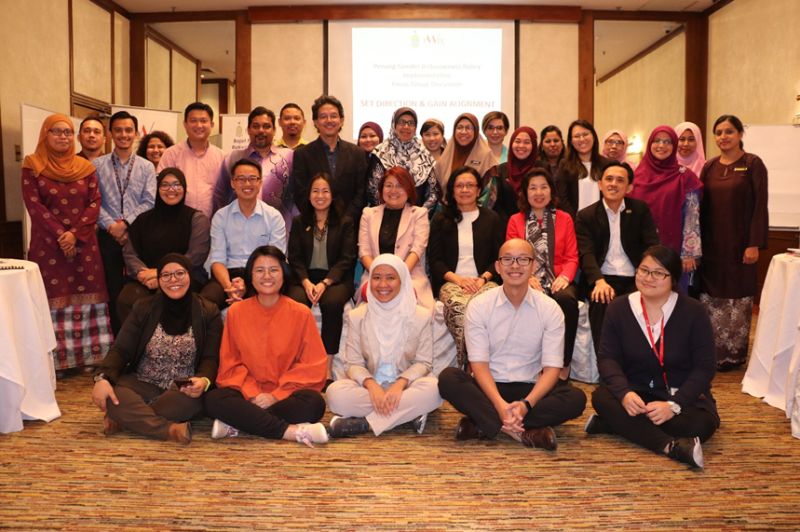Gender Inclusiveness Policy promotes gender-balanced management and takes gender perspectives into consideration in every decision-making, planning, and administration process at every level of the state government. It also paved the way for institutionalizing Gender Responsive and Participatory Budgeting (GRPB).
The concept of gender inclusiveness is inspired by the United Nations Sustainable Development Goals (SDGs), specifically Goal 5: Gender Equality and Goal 10: Reduced Inequalities.
The policy was officially adopted in March 2019.


